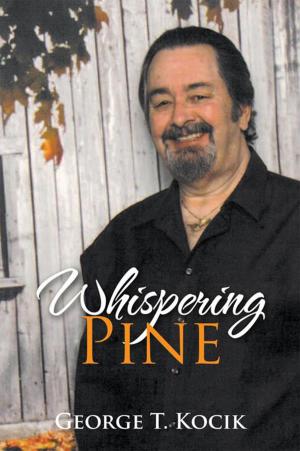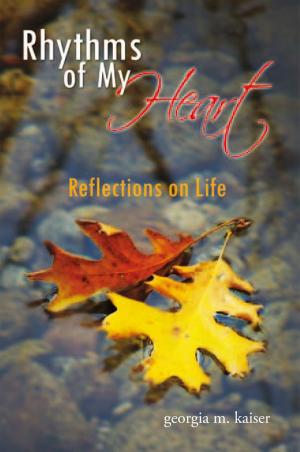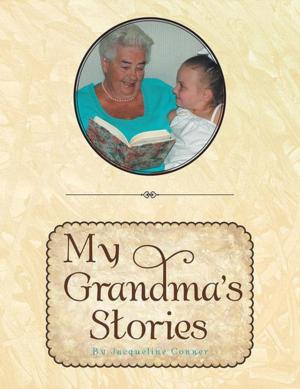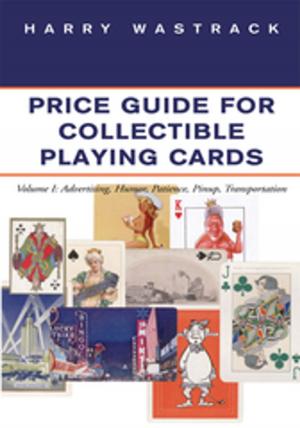| Author: | Gail Johnston | ISBN: | 9781465319845 |
| Publisher: | Xlibris US | Publication: | September 26, 2008 |
| Imprint: | Xlibris US | Language: | English |
| Author: | Gail Johnston |
| ISBN: | 9781465319845 |
| Publisher: | Xlibris US |
| Publication: | September 26, 2008 |
| Imprint: | Xlibris US |
| Language: | English |
The 1950s in America was a decade made for childhood. Suburbs, offering grassy yards, trees for climbing, and woods for exploring, were being built on the fringe of cities. Libraries, schools, stores, and the streetcar line to town were all a short walk away. Television, a new phenomenon with limited programming and often poor reception, was used for viewing only selected, favorite programs. A childs play still called for creativity, make-believe games, and little parental intervention.
Homes were not air-conditioned and in summer time the neighborhood at large became a childs playground with nooks, crannies to explore and forts to be built in out of the way places. In what was perceived as a safer time, children were often outside, summer and winter, playing on their own or with other neighborhood children when they were not in school. Games were usually invented and often spontaneous.
Make a Lot of Noise and Dont Go on the Porch recalls these times from the perspective of an only child growing up with a myriad of older relatives, family, and honorary family in a suburb of Baltimore, Maryland.
In a household where conversation was ongoing and dinner time was an event to be anticipated, a family of many and varied personalities live out their lives sixty years ago.
The 1950s in America was a decade made for childhood. Suburbs, offering grassy yards, trees for climbing, and woods for exploring, were being built on the fringe of cities. Libraries, schools, stores, and the streetcar line to town were all a short walk away. Television, a new phenomenon with limited programming and often poor reception, was used for viewing only selected, favorite programs. A childs play still called for creativity, make-believe games, and little parental intervention.
Homes were not air-conditioned and in summer time the neighborhood at large became a childs playground with nooks, crannies to explore and forts to be built in out of the way places. In what was perceived as a safer time, children were often outside, summer and winter, playing on their own or with other neighborhood children when they were not in school. Games were usually invented and often spontaneous.
Make a Lot of Noise and Dont Go on the Porch recalls these times from the perspective of an only child growing up with a myriad of older relatives, family, and honorary family in a suburb of Baltimore, Maryland.
In a household where conversation was ongoing and dinner time was an event to be anticipated, a family of many and varied personalities live out their lives sixty years ago.















